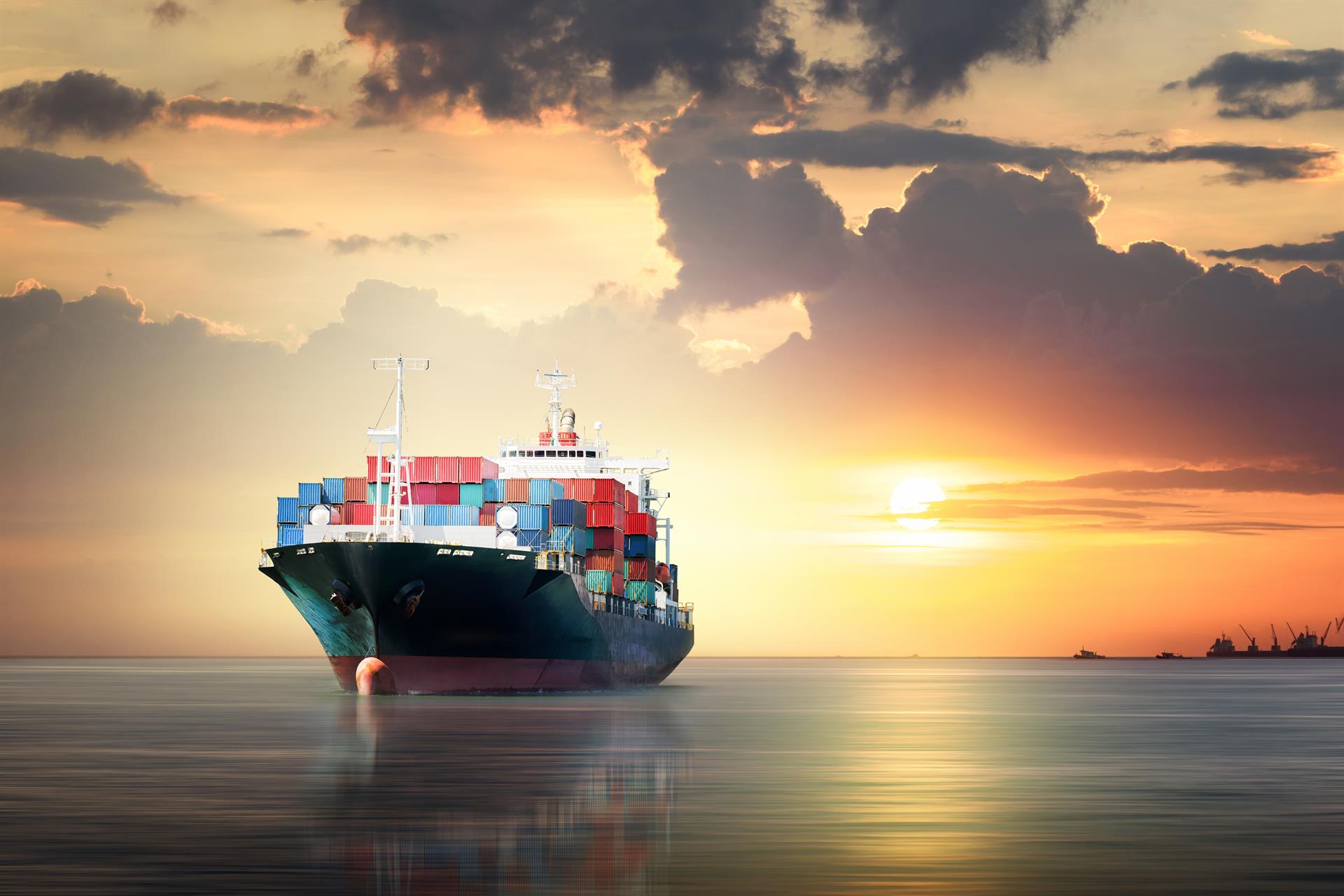

When arriving at a destination port, ships may remain waiting at anchor for many hours due to delays at port. Uncoordinated ship-to-shore operations often result in extra fuel consumption, congested ports and raise the risk of accidents.
The biggest environmental impact of a port is often forgotten. However, ports and port authorities have an environmental agenda. It is often about keeping their territory waters clean, give space to some wind power plants, allowing cold ironing.
To support port authorities in their agenda and encourage the shipping companies for the just-in-time arrivals, there’s a solution for an effectively shared and managed information between ship and shore. The solution that optimises arriving of a vessel to the destination port without causing negative impacts.
How the thoroughly timed communication and optimised ETA lead to a major emission drop
.jpg?sfvrsn=111ebc44_1)
It is the (too high) speed of a vessel, with which it sails 1 or 2 weeks away from this port, that brings the vessel too early to the anchorage zone where it is waiting for the port to be ready. Simple math helps to get a numerical example:
- A bulker sails with 12 knots while consuming 40 tons of fuel per day
- Due to the exponential relationship of speed and consumption, if this bulker sailed only 11 knots, it would have consumed apx. 30 tons of fuel per day
- Any day this bulker is informed beforehand to slow down, while its berth is not ready, saves 10 tons of fuel or 31 tons of CO2 emissions
If this still doesn’t sound convincing enough, let’s assume there is a small port with 20 vessels calling a day, and for half of these vessels 5-day additional slower steaming is possible. The consequent impact counts lower consumption of fuel of 500 tons and lower CO2 production of 1.550 tons.
Simple as that, the ports are also able to keep their territories cleaner, as fewer local emissions of NOx and SOx are produced while vessels are waiting in the anchorage zone.
Therefore, the connected maritime environment enables safe and efficient navigation, bridges the ship to the shore operations and traffic control. Wärtsilä solution to this is Ship Traffic Control that makes the contribution to the ecological sustainability even more possible and efficient.



